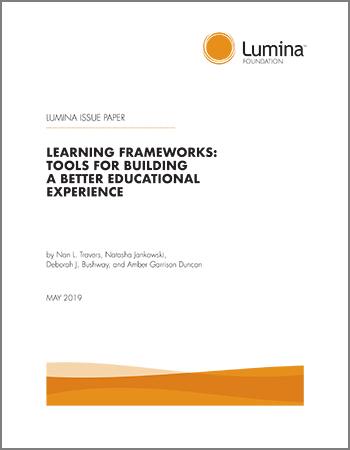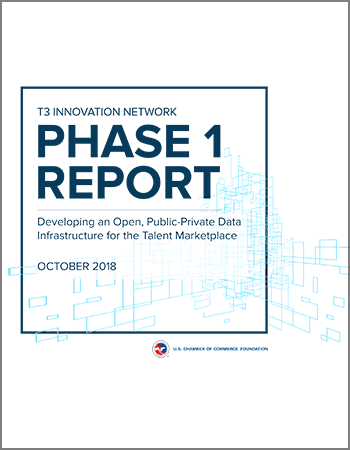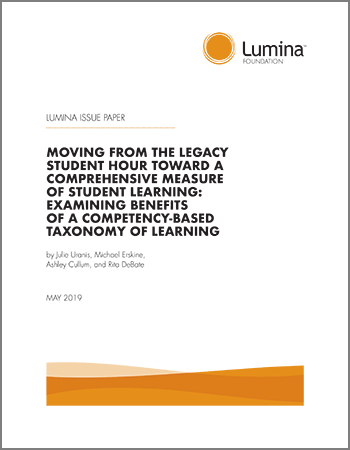U.S. higher education needs to recognize more learning.
To ensure prosperity, the country needs a system that provides affordable, quality education after high school for all Americans, especially those in racial, ethnic, and income groups that have faced persistent inequities. Americans need a system that defines success not by time spent in classrooms, but by measuring students’ actual learning – that is, the knowledge and skills they gain. The country needs a flexible, connected system – one that values learning however and wherever it happens and offers pathways to a wider range of degrees and other credentials.
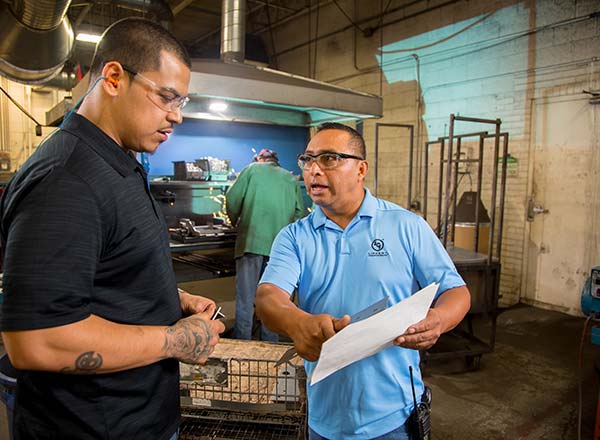
It won’t be easy to build this new system.
But three steps toward the change the nation needs are already clear. First, for such a system to work effectively, it must become the norm for us to measure students’ progress by assessing learning – by verifying the acquisition of specific knowledge and skills, not time spent in classrooms. Second, competency frameworks must be used because they allow the learning gained in one setting to be validated in others. Finally, the country needs data standards and open platforms that allow students, schools, and employers to share information about learning and credentials.
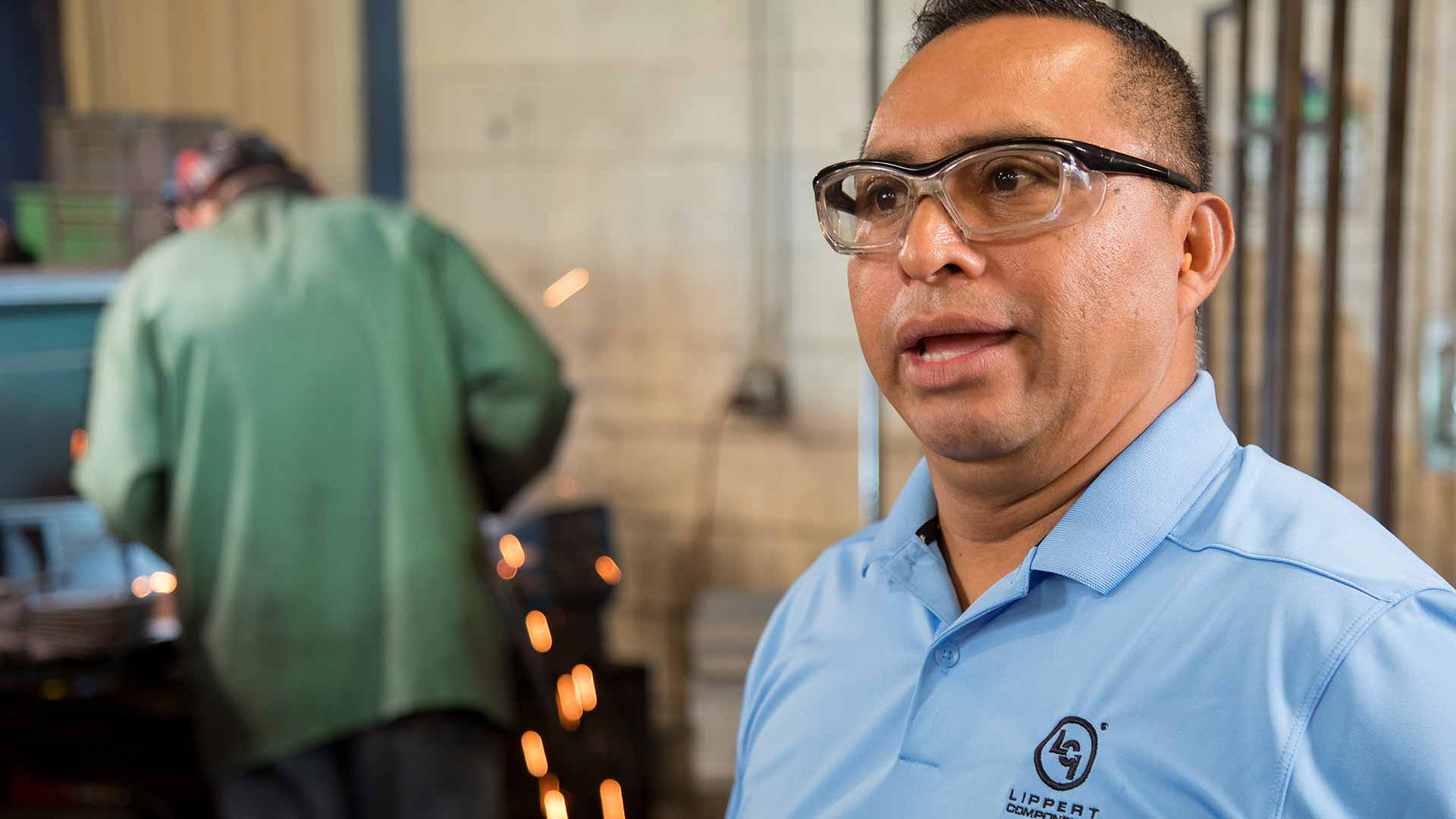
Learning frameworks are the blueprints for change.
Learning frameworks can help us build a strong foundation for credentials that can recognize learning beyond high school regardless of where it happens. Several things are required to develop and use these frameworks, including: training for faculty members, sufficient time and resources to create learning opportunities, effective assessment tools to evaluate learning, and new competency-based records that allow students to move seamlessly among many different “houses” of learning.
For more on learning frameworks and competency-based learning, study the Connecting Credentials framework, learn about the Degree Qualifications Profile, and read about other competency frameworks.
